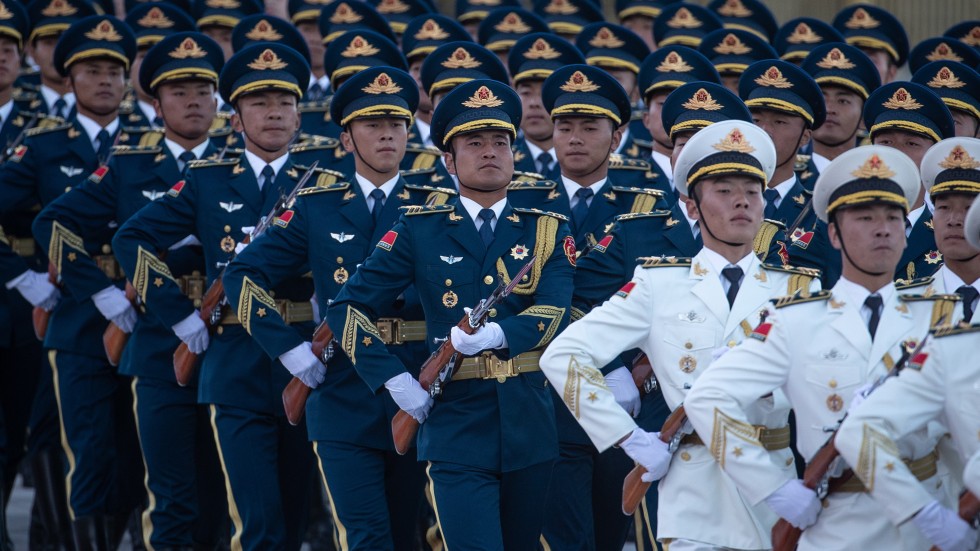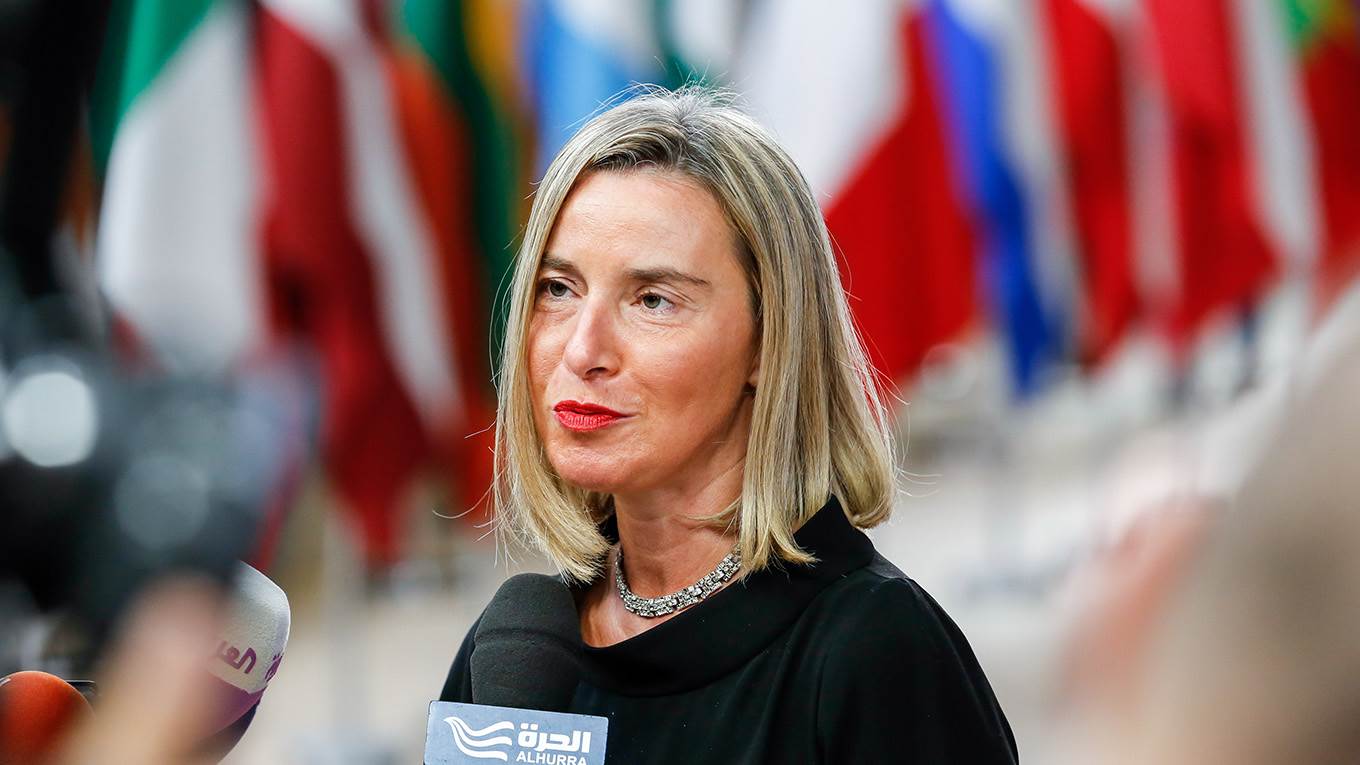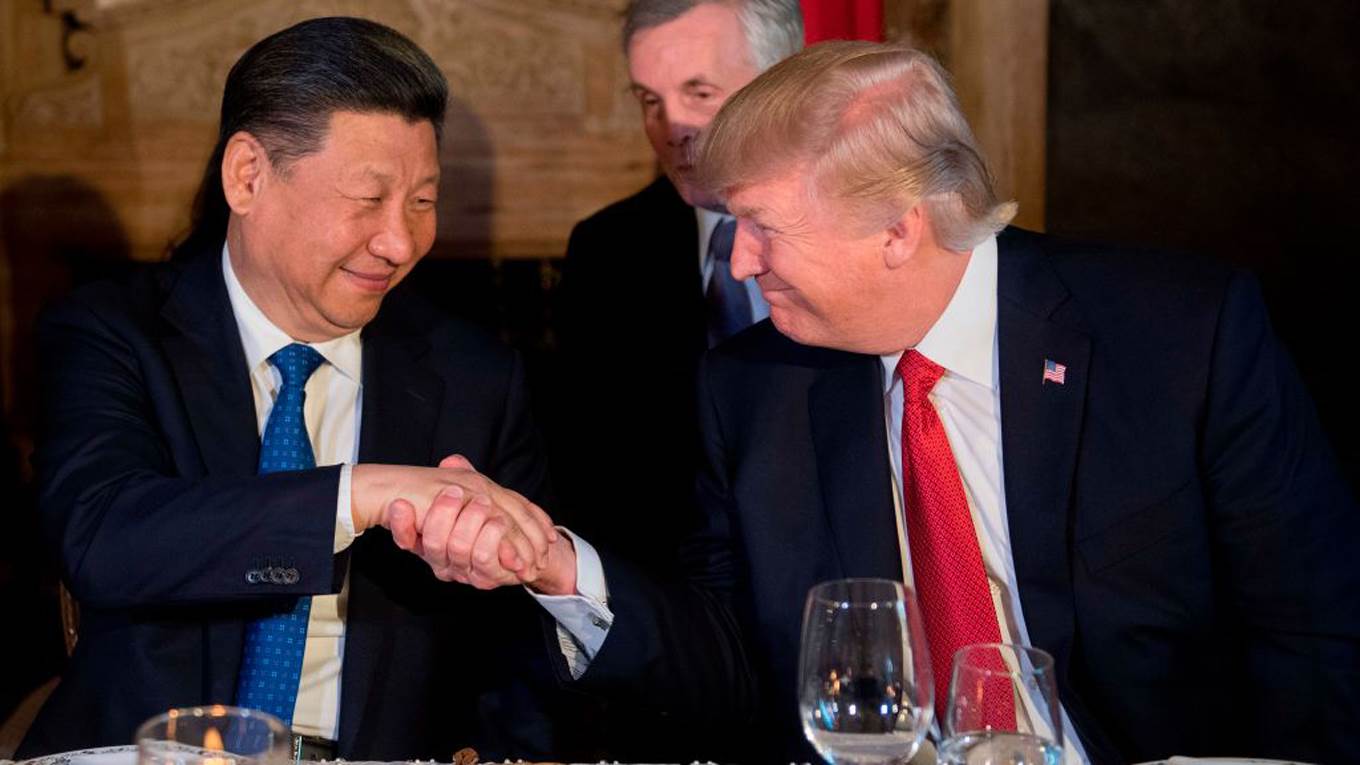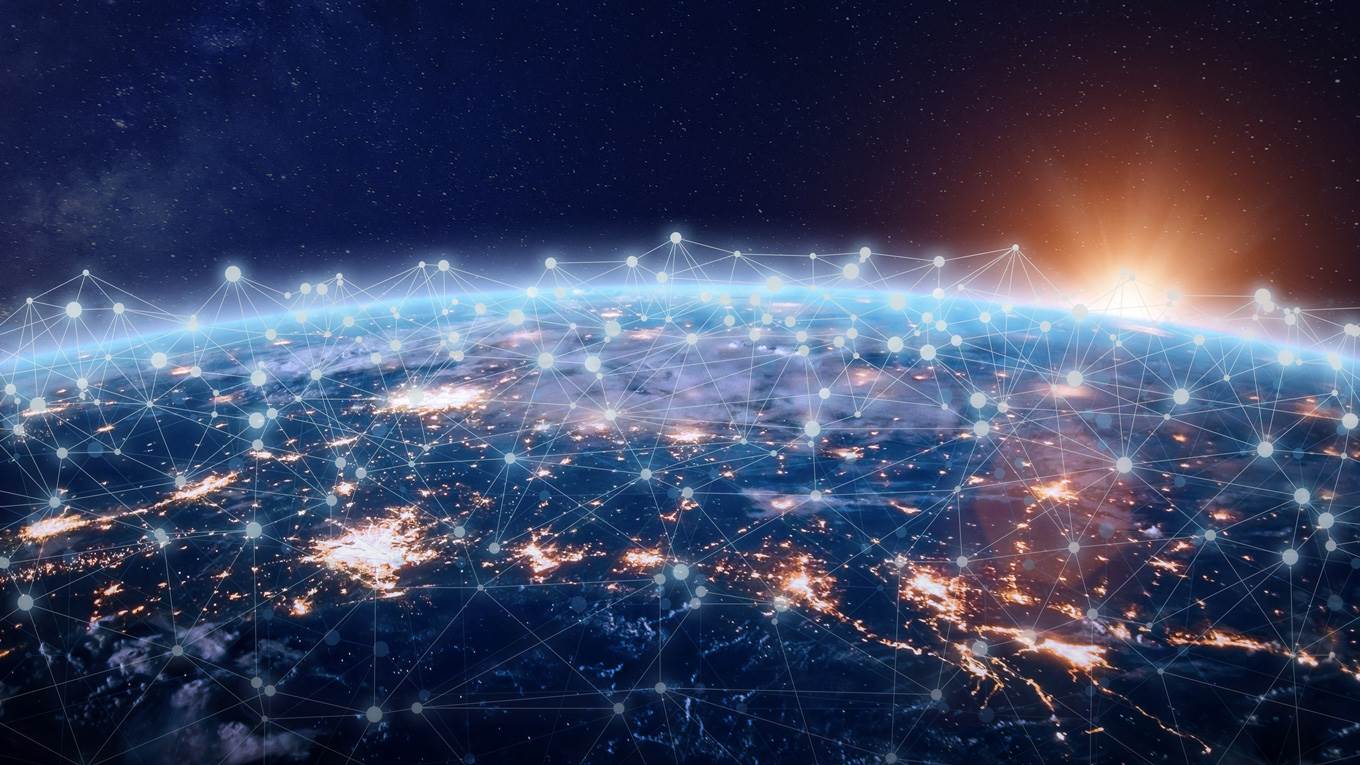 If peace talks fail to materialize, the primary reason will be the United States' hesitation in acceding to the Taliban's demand that Washington order the complete withdrawal of all NATO and allied forces from Afghanistan.
If peace talks fail to materialize, the primary reason will be the United States' hesitation in acceding to the Taliban's demand that Washington order the complete withdrawal of all NATO and allied forces from Afghanistan.
Continued U.S. involvement in Afghanistan as part of its broader counterterrorism operations will divert the country's attention from its main strategic priority of focusing on the great power competition with Russia and China.
The continuing war will hamper investor activity in Afghanistan, harming plans to use the country as a land bridge linking nearby regions.
The United States is redoubling its efforts to achieve peace in Afghanistan. In September 2018, U.S. Secretary of State Mike Pompeo appointed Zalmay Khalilzad as the U.S. special envoy for Afghan reconciliation, but the 63-year-old, Afghan-born diplomat faces a daunting task in convincing the Taliban to agree to a cease-fire and participate in peace talks with President Ashraf Ghani's administration, all in a bid to end the 17-year war.
















/arc-anglerfish-arc2-prod-mco.s3.amazonaws.com/public/OYXBYZGXURFC5PYNW4IYGU57HE.jpg)
/arc-anglerfish-arc2-prod-mco.s3.amazonaws.com/public/4YLHSL5AUBEOLAQVHX3YZWM5XQ.jpg)




